-
2021
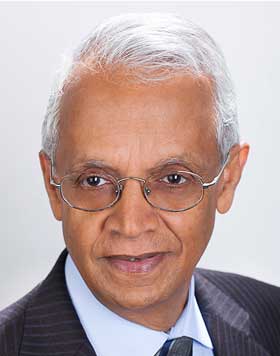
Veerabhadran Ramanathan (USA)
-
2021

Mohan Munasinghe (Sri Lanka)
-
2020
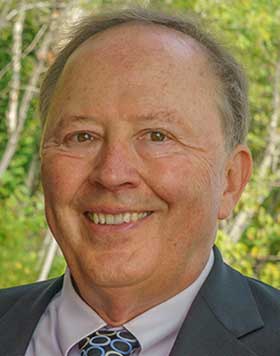
David Tilman (USA)
-
2020
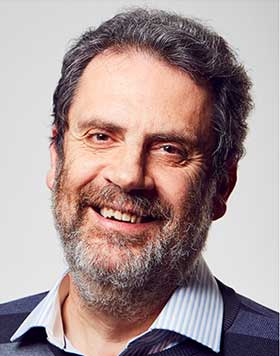
Simon Stuart (UK)
-
2019
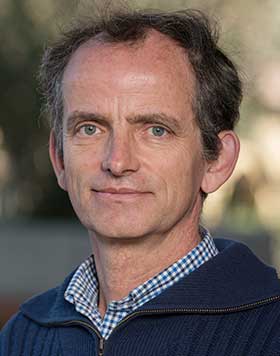
Eric Lambin (Belgium)
-
2019
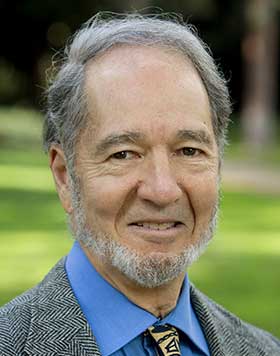
Jared Diamond (USA)
-
2018
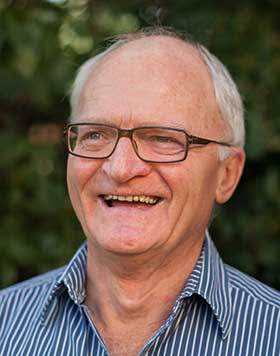
Brian Walker (Australia)
-
2018
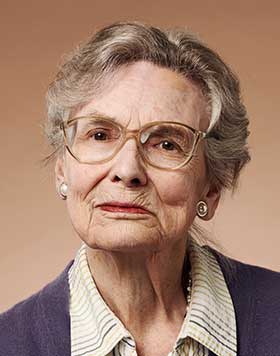
Malin Falkenmark (Sweden)
-
2017
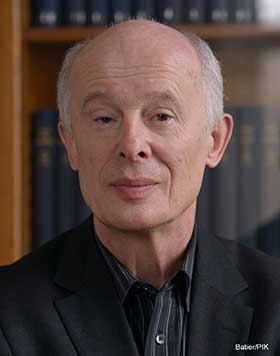
Hans J. Schellnhuber (Germany)
-
2017
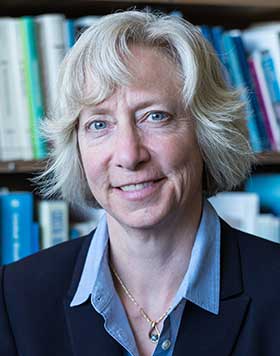
Gretchen C. Daily (USA)
-
2016
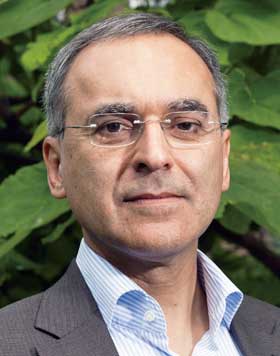
Pavan Sukhdev (India)
-
2016
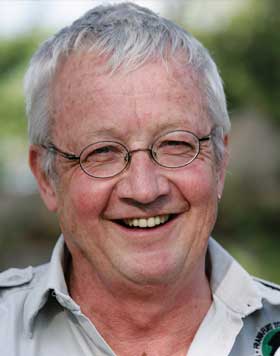
Markus Borner (Switzerland)
-
2015
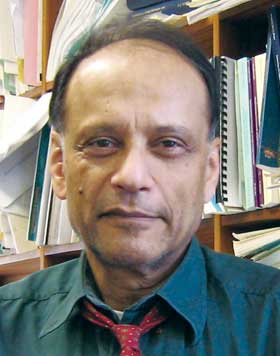
Partha Dasgupta (UK)
-
2015
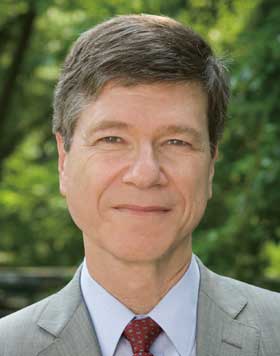
Jeffrey D. Sachs (USA)
-
2014
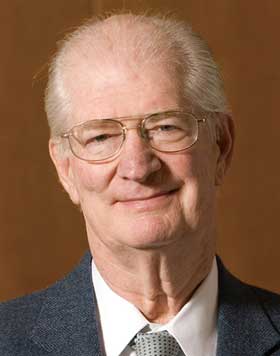
Herman Daly (USA)
-
2014
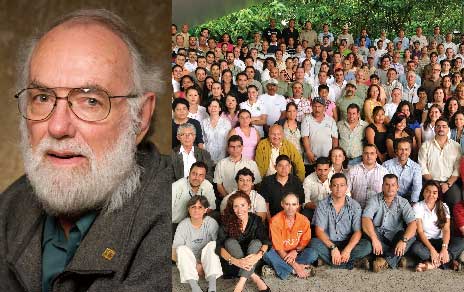
Daniel H. Janzen (USA)
Instituto Nacional de Biodiversidad (INBio) (Founded in Costa Rica)
-
2013
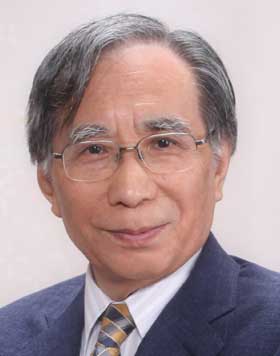
Taroh Matsuno (Japan)
-
2013
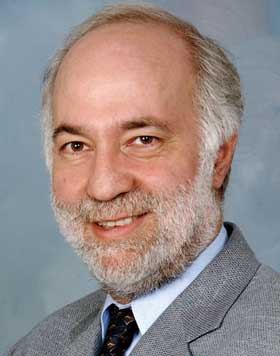
Daniel Sperling (USA)
-
2012
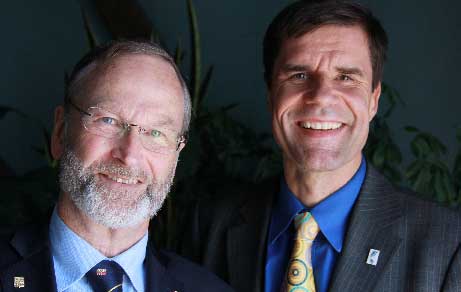
William E. Rees (Canada)
Mathis Wackernagel (Switzerland) (right)
-
2012
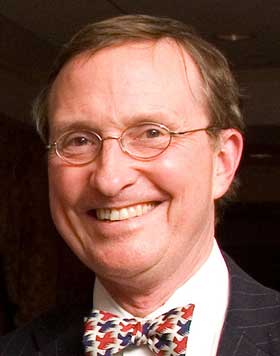
Thomas E. Lovejoy (USA)
-
2011
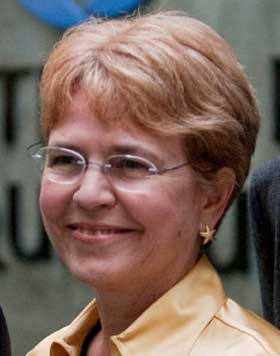
Jane Lubchenco (USA)
-
2011
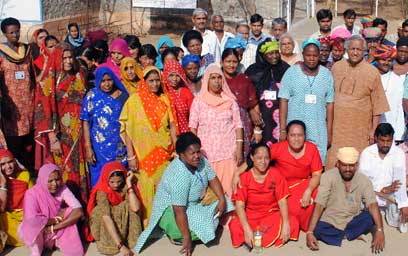
Barefoot College (Founded in India)
-
2010
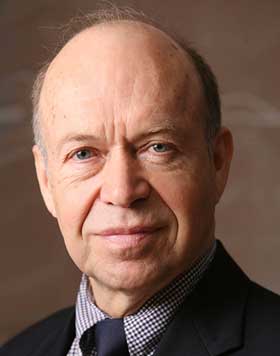
James Hansen (USA)
-
2010
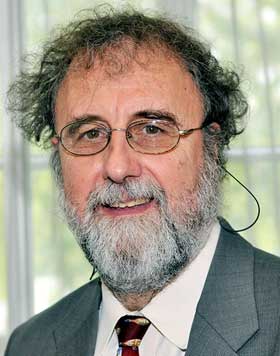
Robert Watson (UK)
-
2009
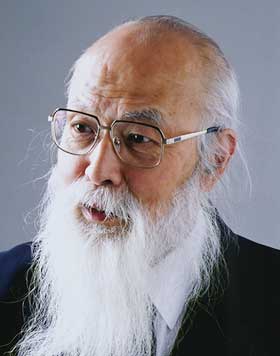
Hirofumi Uzawa (Japan)
-
2009
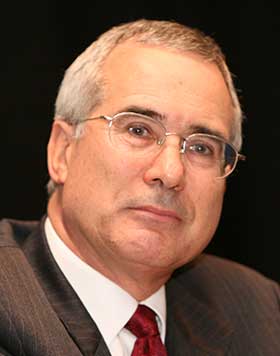
Nicholas Stern (UK)
-
2008
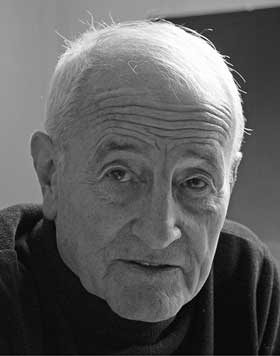
Claude Lorius (France)
-
2008
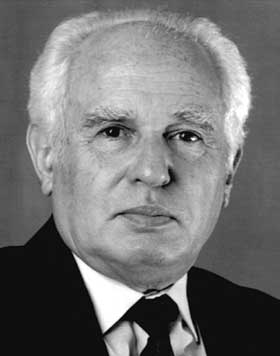
José Goldemberg (Brazil)
-
2007
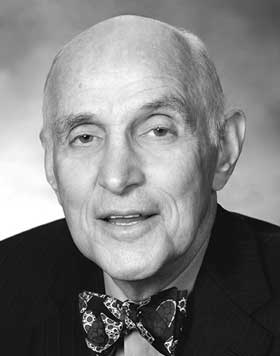
Joseph L. Sax (USA)
-
2007
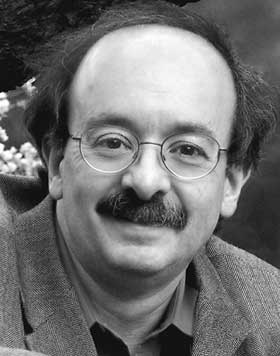
Amory B. Lovins (USA)
-
2006
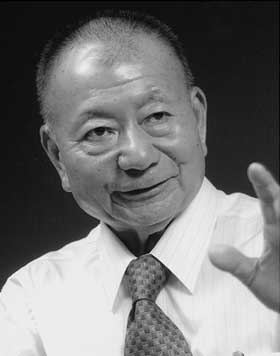
Akira Miyawaki (Japan)
-
2006
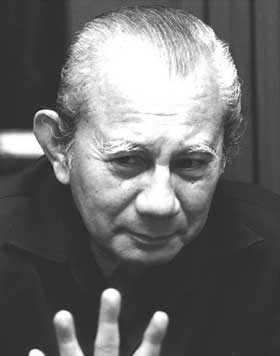
Emil Salim (Indonesia)
-
2005
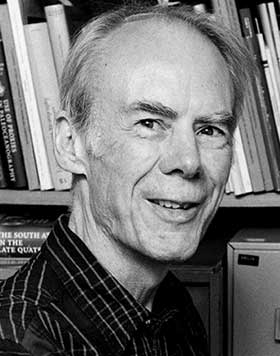
Nicholas Shackleton (UK)
-
2005
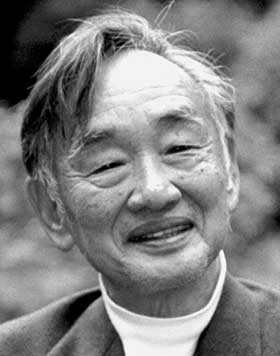
Gordon Hisashi Sato (USA)
-
2004
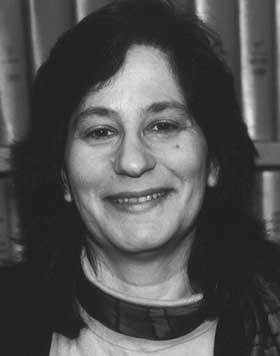
Susan Solomon (USA)
-
2004
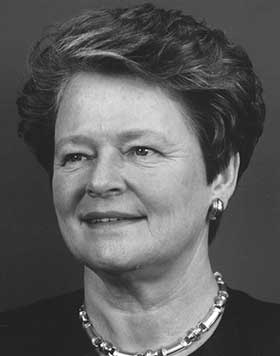
Gro Harlem Brundtland (Norway)
-
2003
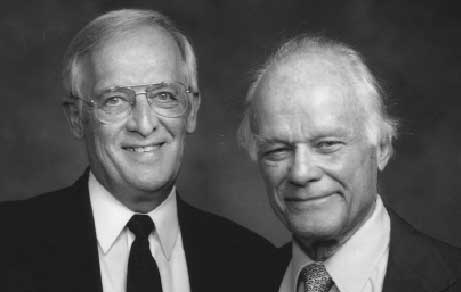
Gene E. Likens (USA) & F. Herbert Bormann (USA) (right)
-
2003
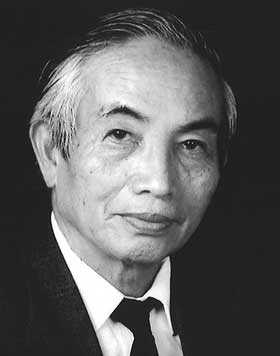
Vo Quy (Vietnam)
-
2002
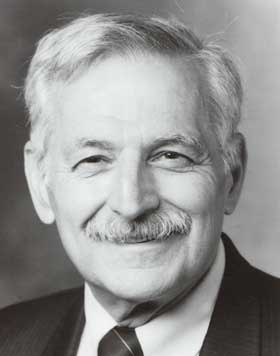
Harold A. Mooney (USA)
-
2002
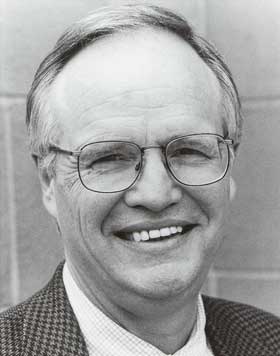
J. Gustave Speth (USA)
-
2001
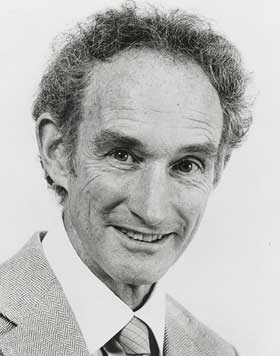
Robert May (Australia)
-
2001
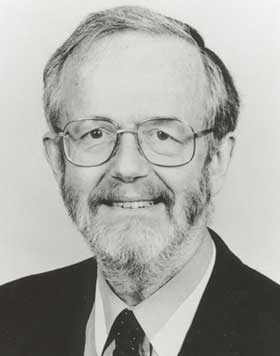
Norman Myers (UK)
-
2000
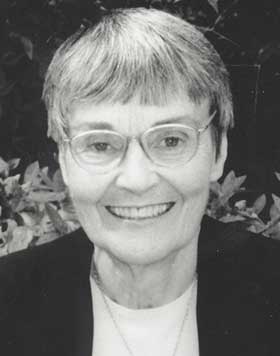
Theo Colborn (USA)
-
2000
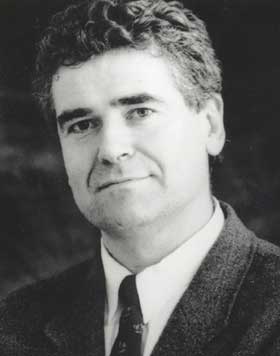
Karl-Henrik Robèrt (Sweden)
-
1999
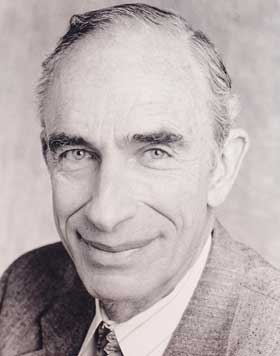
Paul R. Ehrlich (USA)
-
1999
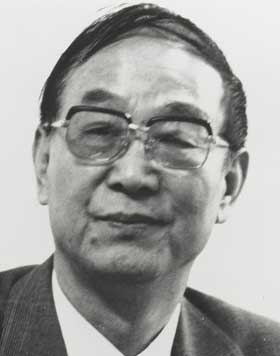
Qu Geping (China)
-
1998

Mikhail I. Budyko (Russia)
-
1998
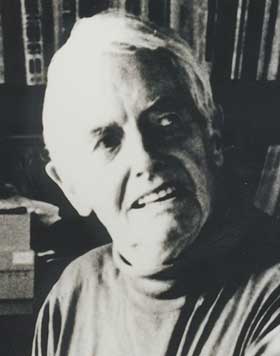
David R. Brower (USA)
-
1997
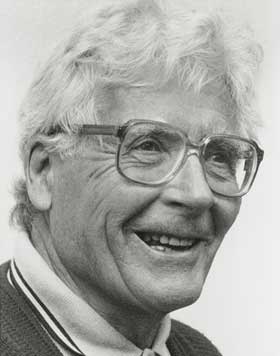
James E. Lovelock (UK)
-
1997
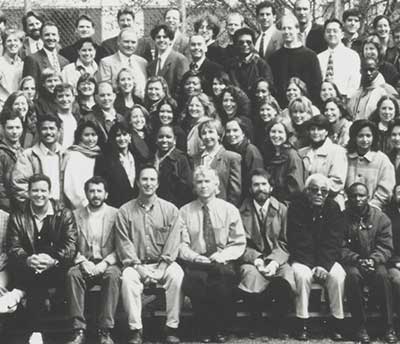
Conservation International (CI)(Headquartered in Washington, D.C., USA)
-
1996
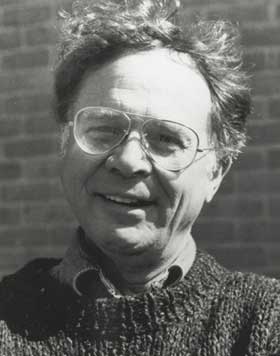
Wallace S. Broecker (USA)
-
1996
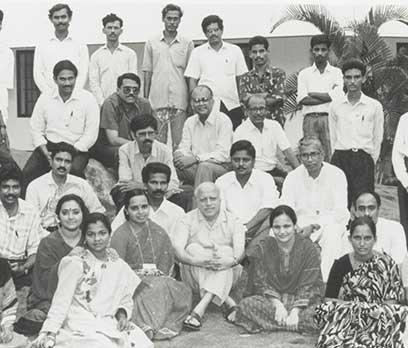
M.S. Swaminathan Research Foundation (Founded in India)
-
1995
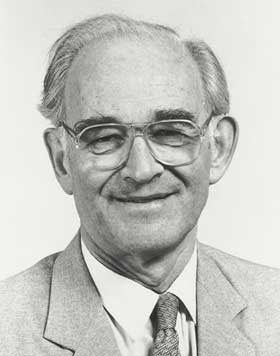
Bert Bolin (Sweden)
-
1995
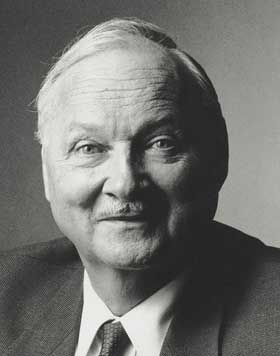
Maurice F. Strong (Canada)
-
1994
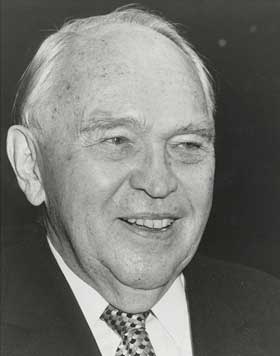
Eugen Seibold (Germany)
-
1994
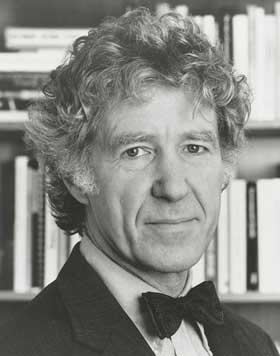
Lester R. Brown (USA)
-
1993
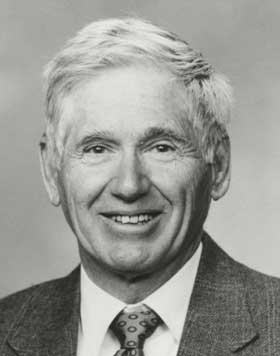
Charles D. Keeling (USA)
-
1993
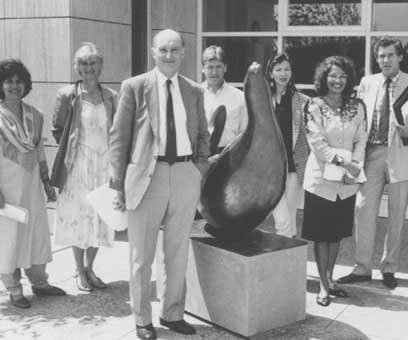
IUCN - The World Conservation Union (Headquartered in Switzerland)
-
1992
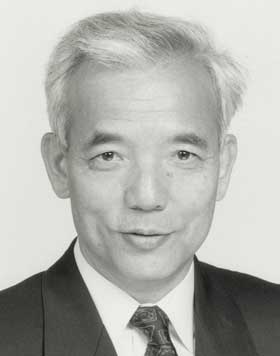
Syukuro Manabe (USA)
-
1992
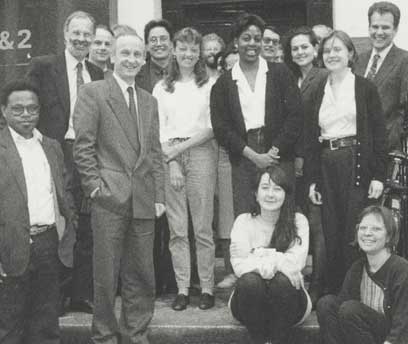
International Institute for Environment and Development (IIED) (Founded in UK)
Preface
The Earth Summit was held in Rio de Janeiro, Brazil in 1992 to raise awareness about the global environment and move toward sustainability to ensure that all living things could exist in harmony. In the same year, Asahi Glass Foundation established the Blue Planet Prize, and the first two laureates were announced at the Earth Summit.
Since then, the Asahi Glass Foundation has awarded the Blue Planet Prize over the past 30 years to individuals and organizations who have made significant contributions towards the resolution of global environmental issues. We have continued this activity in the hope of raising public awareness about global environmental issues by promoting the achievements of the Blue Planet laureates. Thirty years after the Earth Summit, the year 2022 marked the 30th anniversary of the establishment of the Blue Planet Prize.
Looking back over the past thirty years, the concentration of carbon dioxide in the air has exceeded 400 ppm, flood and drought have become more frequent, typhoons have become stronger, and many coastal areas and islands have become submerged due to the rising sea level. These global environmental issues, which were at one time simply research themes, have become actual problems that have a direct impact on our lives.
Against this backdrop, COP 21, which took place in Paris in December 2015, adopted agreements on two matters: (1) Keeping the increase in average global temperature this century well below 2 degrees Celsius above pre-industrial levels and exerting efforts to limit the temperature increase even further, to 1.5 degrees Celsius; and (2) Reducing global greenhouse gas emissions to zero between 2050 and 2100. Seven years have passed since COP 21, and it is now clarified that public awareness of global environmental issues is higher than ever around the world.
A Better Future for the Planet Earth Vol. VI is a collection of the lectures given by Blue Planet Prize laureates from 2017 to 2021 (the 26th – 30st Blue Planet Prize winners). We publish this collection every five years in the hope that their messages will prompt renewed commitment to solving global environmental issues.
I always try to keep in mind that we are not landlords but residents on the Earth. As past generations have preserved the Earth for us, we have the obligation to keep it safe and beautiful for the next generation. It is a great joy for us to know that the Blue Planet Prize contributes to the goal of ensuring that the next generation has a healthy planet.
December 2022
Takuya Shimamura,
Chairman of the Asahi Glass Foundation
The Earth is a precious ecosystem, sustaining every living thing.
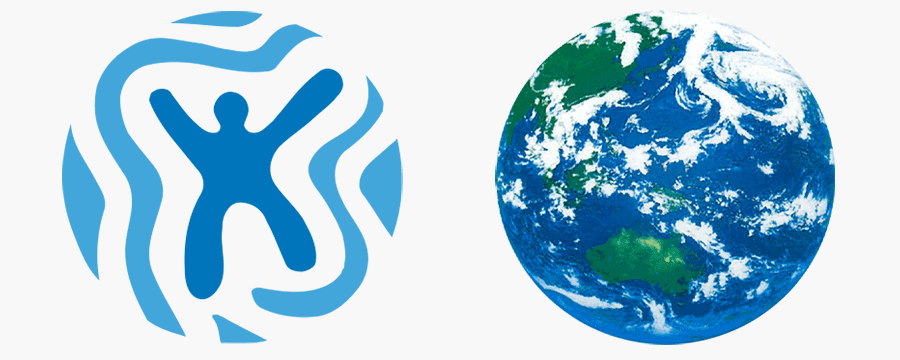
The Blue Planet Prize logo (top left) symbolizes energetic human activity to protect the Earth. The blue and white wavy background around the figure represents the water and atmosphere on Earth. Earth, human, and space are combined into this symbol using light blue, expressing glittering water and flowing air.
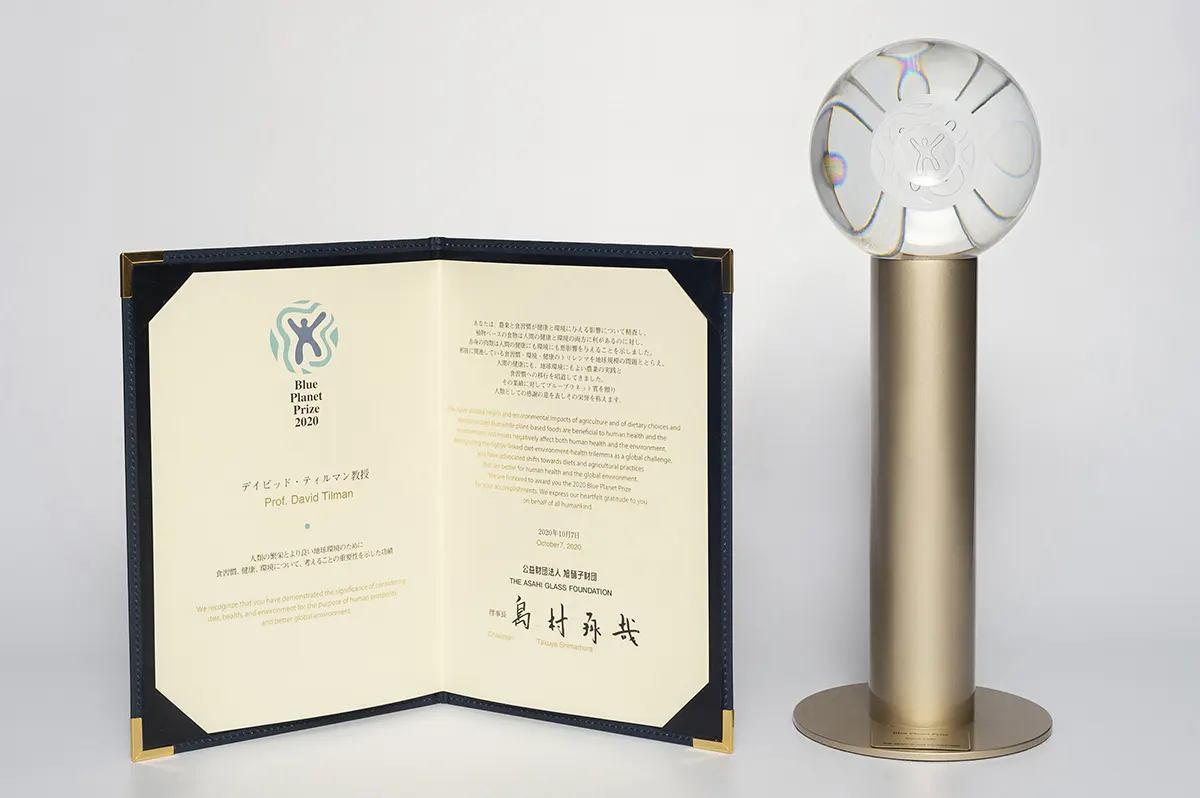
The Blue Planet Prize Trophy and Certificate
In commemoration of the awarding of the Blue Planet Prize, a trophy was created by a respected Japanese glass artist, Mr. Kyoichiro Kawakami. The theme of this trophy is the Earth' s water and atmosphere. Through its use of crystal glass and simple lines, the trophy evokes an image of a clean planet where humanity lives harmoniously.
Inaugural Blue Planet Prize Winners Announced at UNCED* (1992)
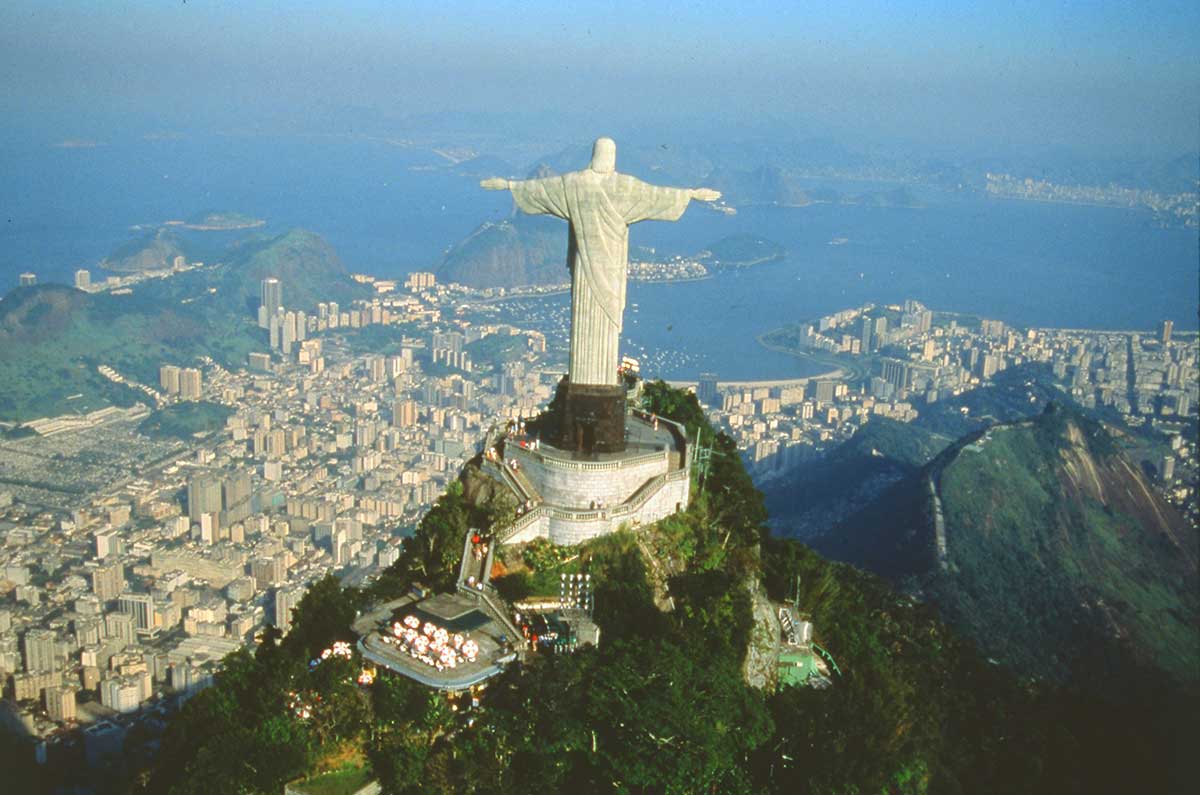
Announcement of Winners
The winners of the inaugural Blue Planet Prize were announced during UNCED, which took place in Rio de Janeiro from June 3 to June 14, 1992. On June 4, the Foundation held a media reception at the Meridien Hotel in Rio de Janeiro. On June 8, the winners were announced in the Briefing Room of the Rio Centro Convention Center, the same room in which the United Nations held its UNCED press conference. The Foundation also sponsored a display booth, spotlighting its activities at Global Forum '92, an event organized by a number of nongovernmental organizations (NGOs), and held during UNCED in Rio's Flamengo Park.
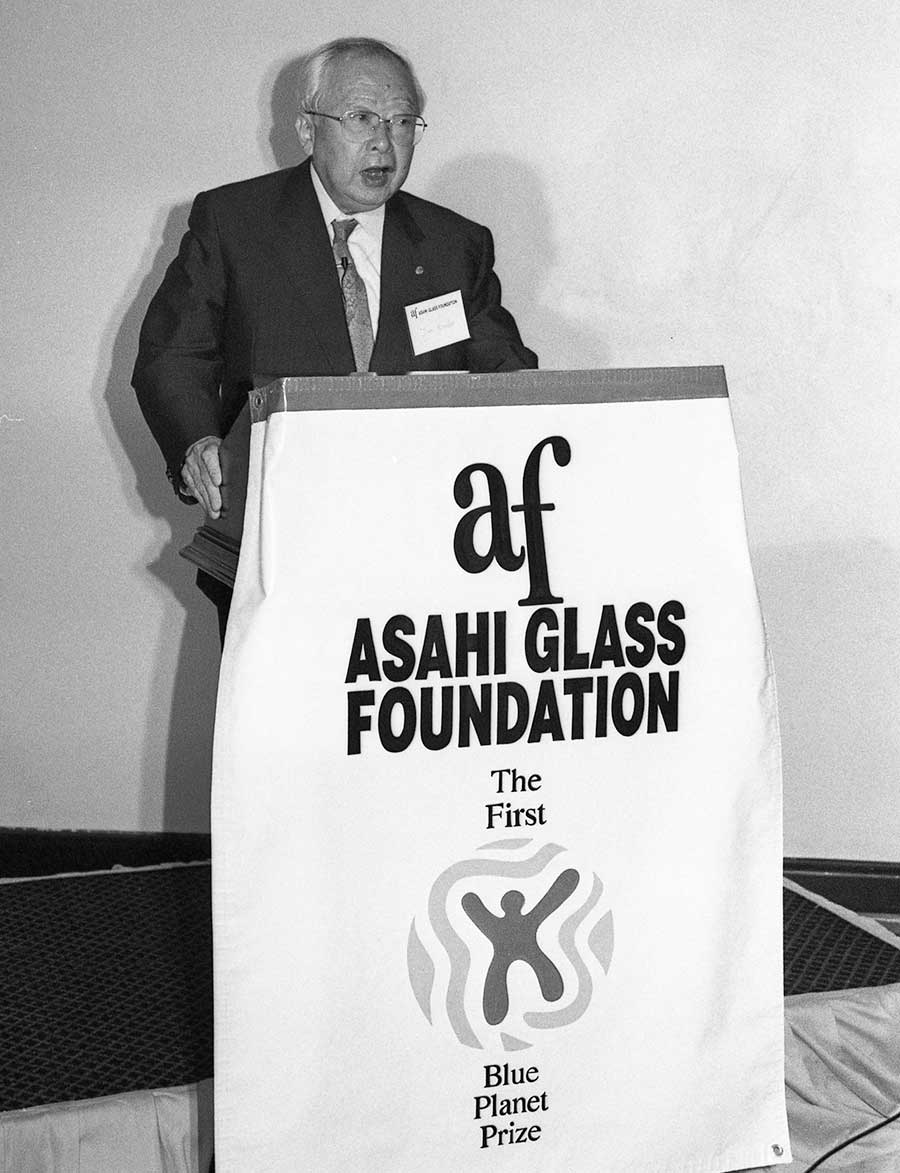
Professor Jiro Kondo, President of the Science Council of Japan and a director of the Asahi Glass Foundation, makes a speech at the media reception.
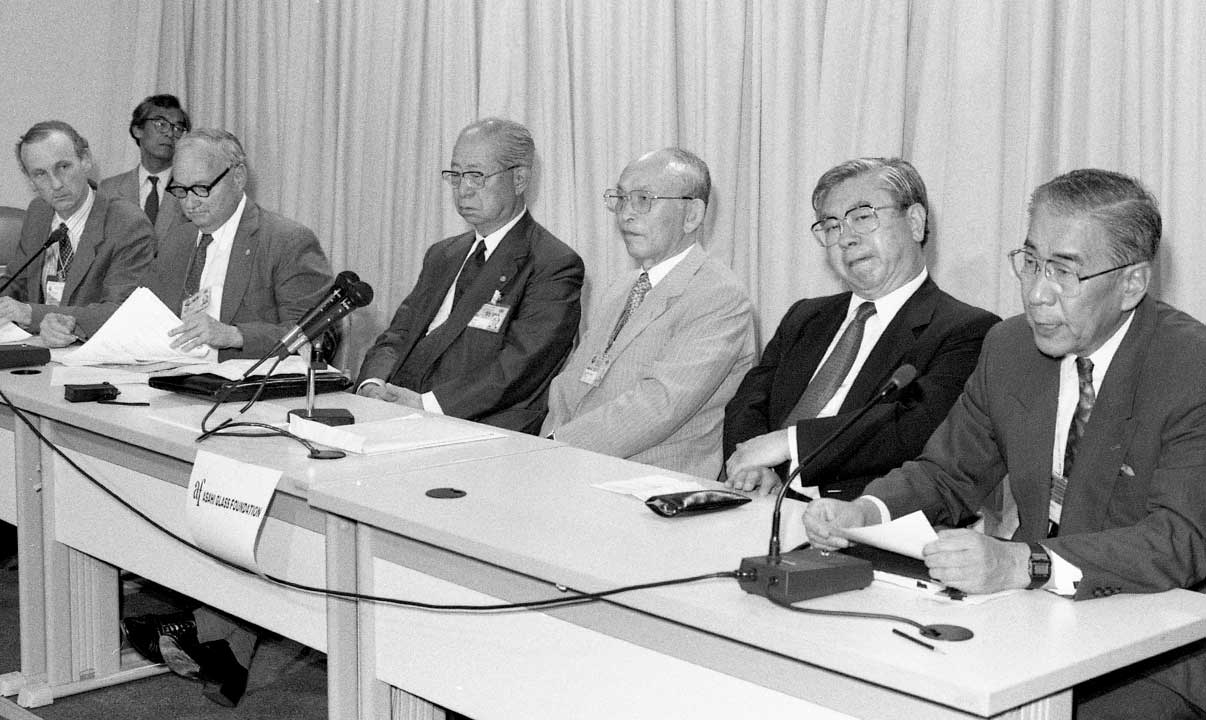
Attending the awards announcement were, from left, Richard Sandbrook, executive director of the IIED; Maurice Strong, secretary-general of UNCED*; Dr. Saburo Okita, former minister of Foreign Affaires and a director of the Asahi Glass Foundation; Hideaki Yamashita, chairman of the Asahi Glass Foundation; Ambassador Masaki Seo; and Osamu Shiragami, senior executive director of the Asahi Glass Foundation.
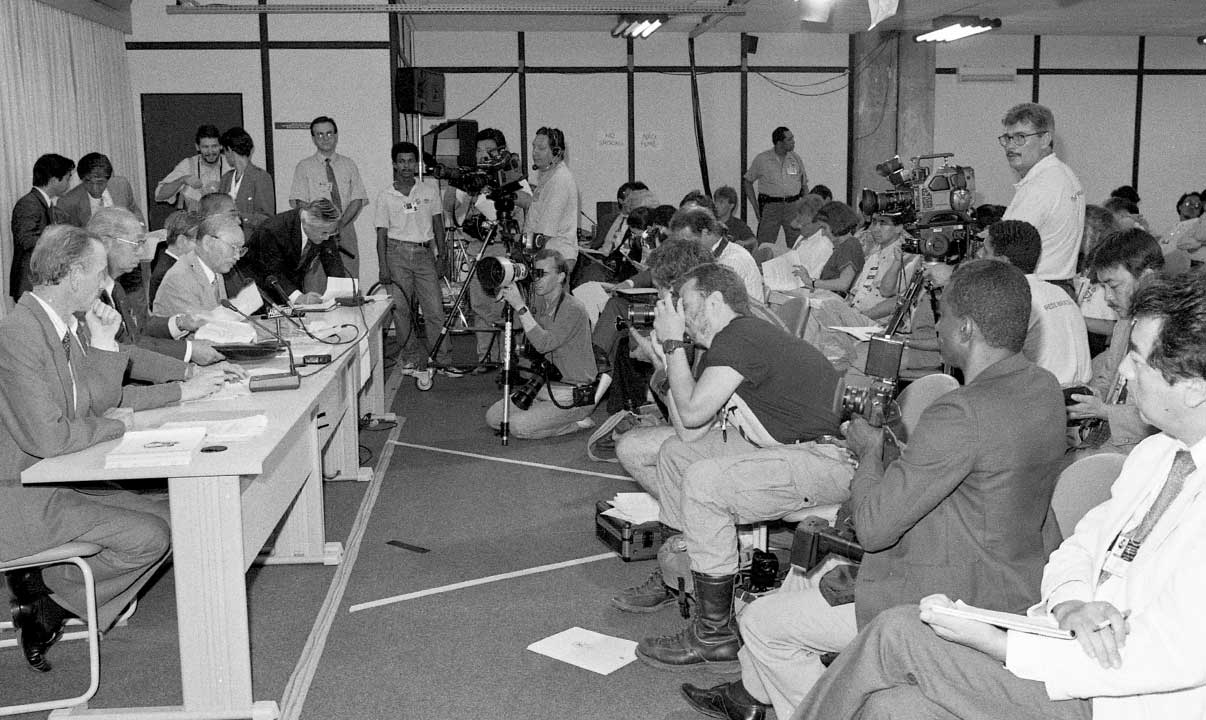
Press conference at the Earth Summit in Rio de janeiro.
*UNCED = United Nations Conference on Environment and Development
All personal titles refer to positions held at the time.
Blue Planet Prize Laureates since 1992
| Year | Laureat | Country |
|---|---|---|
| 2021 | Veerabhadran Ramanathan | USA |
| Mohan Munasinghe | Sri Lanka | |
| 2020 | David Tilman | USA |
| Simon Stuart | UK | |
| 2019 | Eric Lambin | Belgium |
| Jared Diamond | USA | |
| 2018 | Brian Walker | Australia |
| Malin Falkenmark | Sweden | |
| 2017 | Hans J. Schellnhuber | Germany |
| Gretchen C. Daily | USA | |
| 2016 | Pavan Sukhdev | India |
| Markus Borner | Switzerland | |
| 2015 | Partha Dasgupta | UK |
| Jeffrey D. Sachs | USA | |
| 2014 | Herman Daly | USA |
| Daniel H. Janzen & Instituto Nacional de Biodiversidad (INBio) | USA & Founded in Costa Rica | |
| 2013 | Taroh Matsuno | Japan |
| Daniel Sperling | USA | |
| 2012 | William E. Rees & Mathis Wackernagel | Canada & Switzerland |
| Thomas E. Lovejoy | USA | |
| 2011 | Jane Lubchenco | USA |
| Barefoot College | Founded in India | |
| 2010 | James Hansen | USA |
| Robert Watson | UK | |
| 2009 | Hirofumi Uzawa | Japan |
| Nicholas Stern | UK | |
| 2008 | Claude Lorius | France |
| José Goldemberg | Brazil | |
| 2007 | Joseph L. Sax | USA |
| Amory B. Lovins | USA | |
| 2006 | Akira Miyawaki | Japan |
| Emil Salim | Indonesia | |
| 2005 | Nicholas Shackleton | UK |
| Gordon Hisashi Sato | USA | |
| 2004 | Susan Solomon | USA |
| Gro Harlem Brundtland | Norway | |
| 2003 | Gene E. Likens & F. Herbert Bormann | USA |
| Vo Quy | Vietnam | |
| 2002 | Harold A. Mooney | USA |
| J. Gustave Speth | USA | |
| 2001 | Robert May | Australia |
| Norman Myers | UK | |
| 2000 | Theo Colborn | USA |
| Karl-Henrik Robèrt | Sweden | |
| 1999 | Paul R. Ehrlich | USA |
| Qu Geping | China | |
| 1998 | Mikhail I. Budyko | Russia |
| David R. Brower | USA | |
| 1997 | James E. Lovelock | UK |
| Conservation International (CI) | Headquartered in Washington, D.C., USA | |
| 1996 | Wallace S. Broecker | USA |
| M.S. Swaminathan Research Foundation | Founded in India | |
| 1995 | Bert Bolin | Sweden |
| Maurice F. Strong | Canada | |
| 1994 | Eugen Seibold | Germany |
| Lester R. Brown | USA | |
| 1993 | Charles D. Keeling | USA |
| IUCN - The World Conservation Union | Headquartered in Switzerland | |
| 1992 | Syukuro Manabe | USA |
| International Institute for Environment and Development (IIED) | Founded in UK |
Some Background on the Blue Planet Prize
Humankind has only one home, the Earth, and we all bear responsibility to leave it in a habitable condition for future generations. In recognition of those whose efforts help provide solutions for global environmental problems, the Foundation established the Blue Planet Prize, an annual international award presented to individuals and organizations that have made outstanding contributions toward that aim. In 1992, the year the prize was first awarded, the world turned its attention to environmental issues at the Earth Summit in Rio de Janeiro. In keeping with the aim of that conference, the Foundation hoped to help raise awareness of and interest in environmental issues throughout the world while expressing appreciation for the achievements of the winners.
Each year, the Foundation chooses two individuals or organizations whose pioneering achievements represent major contributions to sustainable development or to solving such environmental problems. The Foundation is also keen to recognize work in areas related to energy, food, population, waste treatment, recycling, as well as environmental management, ethics, philosophy and education. The work of the award winners must in some way contribute to the harmonious coexistence of people, society, and the environment.
The award winners should contribute to humankind's pool of scientific knowledge as well as to the realization of a global community that uses science and technology for the good of all. Candidate nominations are received from more than 120 countries worldwide. Living citizens of all nations, irrespective of gender, race or religion, are eligible. A short list of nominees is compiled by the Selection Committee. Final decisions are made by the Presentation Committee, and nominees are approved by the Foundation's Board of Directors and Councilors.
The winners are presented with a certificate of merit, a commemorative trophy and prize money of 50 million yen. The award ceremony takes place in Tokyo in the presence of members of the Japanese royal family, government officials, foreign diplomats, academics and researchers, as well as representatives from many fields of endeavor. On the day following the award ceremony, the commemorative lectures are held, which the general public, journalists, environmental specialists and academics from related fields attend.
The Blue Planet Prize was so named in the hope that our blue planet will be a shared asset capable of sustaining all life far into the future. The Earth is a precious ecosystem, home to every living thing. The Asahi Glass Foundation sincerely hopes that people around the globe will work toward protecting our planet from environmental deterioration, ensuring that the natural environment continues to exist for future generations. We believe wholeheartedly that through the ingenuity and earnest efforts of humanity, the serious environmental problems we now face will someday be solved.
Information on the laureates and their achievements is also available online on the Foundation's web site: http:///www.af-info.or.jp/en/.
Blue Planet Prize Selection Process
Anniversary Events
30th Anniversary Events of the Blue Planet Prize
25th Anniversary Events of the Blue Planet Prize
+25 years Commemorative Conference of the Establishment of the Blue Planet Prize (September 8, 2017)
"From isolation to connection" - What we can do for a sustainable future (November 16, 2017)
20th Anniversary Events of the Blue Planet Prize
30th Anniversary Events of the Blue Planet Prize
On August 25, 2022, in commemoration of the 30th anniversary of the establishment of the Blue Planet Prize, the symposium took place at Hamarikyu Asahi Hall in Tokyo. Three former Blue Planet Prize laureates issued a "Declaration on the occasion of the 30th anniversary of the Blue Planet Prize" and a group of young Japanese people made proposals called "Young Environmental Advocacy." Then two of the laureates and three young people had a panel discussion on environmental issues.
The 30th Anniversary Symposium
- Program
- Part I
- 1. Opening remarks and video messages
- 0m 0s : Opening
- 6m 18s: Mr. Takuya Shimamura, Chairman of the Asahi Glass Foundation
- 14m 34s: Dr. Yoshihiro Hayashi, Chairman of the Selection Committee
- 19m 17s: Dr. Syukuro Manabe, One of the first Blue Planet Prize winners
- 2. Profile videos & Lectures
- 23m 30s: Prof. Eric Lambin
- 40m 02s: Prof. Brian Walker
- 57m 23s: Prof. David Tilman
- Part II
- 1h 14m 55s: Opening
- 1h 15m 59s: Proposals by young people (Youth Environmental Advocacy)
- 1h 37m 56s: Declaration (read by Prof. Lambin)
- 1h 45m 04s: Comments by Prof. Eric Lambin & Prof. Brian Walker
- 1h 47m 13s: Panel Discussion
- A joint statement by the former Blue Planet Prize laureates
- Youth Environmental Advocacy
- The 30th Anniversary Symposium (Text)
- Joint Press Conference (September 7, 2017)
- Announcing the Press Statement "The Earth's Environment is at a Crossroads. Solutions Exist. The Time for Action is Now."
- Press Statement
- Press Conference
- Program
- Part I:Round-table Conference Participated by the Laureates and Young Folks
- Conversation with students
- Part II:Commemorative Lecture Session
- Commemorative Lecture
- Visual materials of the lecture
- Dr. Robert Watson
- Dr. Jane Lubchenco
- Dr. Thomas E. Lovejoy
- Panel Discussion
- <Moderator>
- Mr. Tetsuji Ida: (Senior Staff Writer & Editorial Writer Environment, Energy and Development Kyodo News, Science News Desk))
- <Lecturers>
- Dr. Robert Watson: (2010 (19th) Blue Planet Prize Laureate, Chair of the Intergovernmental Science-Policy Platform on Biodiversity and Ecosystem Services (IPBES), Former Chair of the Intergovernmental Panel on Climate Change (IPCC))
- Dr. Jane Lubchenco: (2011 (20th) Blue Planet Prize Laureate, Professor of Oregon State University, Former Administrator of the National Oceanic and Atmospheric Administration (NOAA))
- Dr. Thomas E. Lovejoy : (2012 (21st) Blue Planet Prize Laureate, Professor of Environmental Science and Policy, George Mason University)
- <Panelists>
- Mr. Hiroshi Ono: (Deputy Director General, Global Environment Affairs, Ministry of the Environment)
- Ms. Junko Edahiro: (Professor, Tokyo City University, President of Institute for Studies in Happiness, Economy, and Society)
- Mr. Shigeki Kobayashi: (Senior Researcher, Chubu Transportation Research Institute)
- Mr. Takejiro Sueyoshi: (Special Advisor to The UNEP Finance Initiative)
- Mr. Yasushi Hibi: (Representative Director of Conservation International Japan)
- Program
- Lectures
- Dr. Thomas E. Lovejoy: Professor of Environmental Science and Policy, George Mason University
- [Genuine biodiversity designates that all the lifeforms can connect and support each other]
- Mr. Pavan Sukhdev: UNEP Goodwill Ambassador, Founding Trustee of Green Indian States Trust (GIST)
- [Planetary Connectedness and Systems Thinking for an Economy of Permanence]
- Ms. Jennifer Morris: President Conservation International
- [The relation between biodiversity and economy: connectivity with the Japanese society]
- Panel Discussion
- Ms. Junko Edahiro (Facilitator): Professor of the Faculty of Environmental Studies Tokyo City University, the representative of Japan for Sustainability
- D.M. Michiko Imai: Climber and Doctor, Visiting Professor Tokyo University of Agriculture
- Ms. Atsuko Suzuki: The Representative director, Environmental Business Agency
- Ms. Akane Takada: Aleph Inc. Eco team
- Ms. Misako Nakajima: Student from International Christian University
- 20th Anniversary Events of the Blue Planet Prize
- Videos
- London conference at IIED (The creation of the UNEP paper)
- London conference Day1 (2012/Feb/8)
- London conference Day2 (2012/Feb/9)
- London conference Day3 (2012/Feb/10)
The very first Press announcement of Environment and Development Challenges paper - Press conferences at Rio+20 (2012/Jun/17)
- Press conferences at Rio+20
2012 Laureates Press conference
UNEP Paper (Environment and Development Challenges) announcement
+25 years Commemorative Conference of the Establishment of the Blue Planet Prize
The Earth's Environment is at a Crossroads: The Time for Action is Now and Solutions Exist
The Asahi Glass Foundation hopes the commemorative event to contribute following accounts: Raise awareness of the society including young generations for pressing environmental issues, reviewing the past 25 years of the Prize history and considering the coming 25 years regarding global environmental issues.
Date: September 8, 2017
Venue: Ito International Research Center, The University of Tokyo
Organizer: The Asahi Glass Foundation
Supervisor: Dr. Hiroyuki Yoshikawa
(Special Counselor to the President, Japan Science and Technology Agency;
Former President, The University of Tokyo)
"From isolation to connection"
- What we can do for a sustainable future
Hardly a day goes by without us getting exposed to negative news about nature worlds such as extreme weather events, extinction of various species, water pollution, and air pollution.
While at the same time, not a few people find it very difficult to connect their daily lives with environmental problems.
However, it is imperative for us to have a shared perception that each one of us living on the earth is responsible for these problems.
We say so because a human is necessarily a creature who cannot live alone, and the natural world has provided everything that humans need to survive and thrive.
Also, we have never been aware of or appreciated for nature's gifts because we take it for granted that nature is always there to support us.
We held this symposium to understand human connections to the natural environment as well as to environmental problems, which could give us a clue on how we can contribute to the improvement of the problems.
Date: November 16, 2017
Venue: Elizabeth Rose Conference Hall 5F at the United Nations University
Organizer: The Asahi Glass Foundation、Conservation International Japan
20th Anniversary Events of the Blue Planet Prize
Questionnaire on Environmental Problems and the Survival of Humankind
The review of the evolution of the Environmental Doomsday Clock over three decades
Introductory remarks
Since 1992, we have been conducting an annual survey on environmental issues, entitled “Questionnaire on Environmental Problems and the Survival of Humankind,” which is directed at global environmental experts from academic fields to environmental institutions, NPOs, and governmental/private sector organizations around the world.
This chapter is designed to further respondents' understanding of the Questionnaire on the Environmental Problems and the Survival of Humankind by briefly describing its history and the changes in the survey methods. It also aims to explain how the survey results are interpreted and presented. We are going to enhance the quality of the content in the years to come, and we would be grateful if you could continue to respond, as you did before, to the questionnaire.
Table 1 Changes in the Environmental Doomsday Clock (World) Since 1992
Fig. 1 Changes in the Environmental Doomsday Clock (World) Since 1992
1. Purpose of establishing the Questionnaire on Environmental Problems and the Survival of Humankind
We started the questionnaire together with the establishment of the Blue Planet Prize in 1992, with the aim of encouraging further interest in global environmental issues among the public through a survey directed at world environmental experts. In the past thirty years, we believe, we have made a specific contribution to the enhancement of the world's environmental awareness. The total number of respondents to the questionnaire was about one thousand for the very first survey in 1992, but it quickly fell into the hundreds. Since 2010, we have earnestly tried to increase contacts with environmental experts; as a result, the number of responses has been nearly 2,000 for the past decade.
2. History of the evolution of the questionnaire
*The outline of the questionnaire
The questionnaire consists of both "ongoing questions," such as questions asking respondents to tell the time on the Environmental Doomsday Clock (the “time on the Clock”) and "non-permanent questions," questions about particular environmental issues that have attracted public attention at the time the survey is carried out. Recently, in addition to the time on the Clock, we investigated if there are signs of improvement in the approach to environmental issues and also asked about realization of the 17 sustainable development goals (SDGs) by 2030.
A. The time on the Environmental Doomsday Clock
In 1992, the first year of the survey, we introduced a clock dial consisting of four quadrants, representing the sense of crisis that the world’s experts on the environment feel about human survival by using the hands of a clock: the first quadrant (0: 01 to 3: 00 -> Barely Concerned), the second quadrant (3: 01 to 6: 00 -> Slightly Concerned), the third quadrant (6: 01 to 9: 00 -> Fairly Concerned), and the fourth quadrant (9: 01-12: 00 -> extremely Concerned) (see the diagram below). Midnight signifies the time when you can no longer live as you have been. Every year we decide the time of the year as an index of awareness level, based on the result of the global survey.
Fig. 2 Diagram of the Doomsday Clock with its quadrants
From 2003, to gather details of the respondents' choice of "the time on the Clock," we have been asking respondents to choose three issues from the list of “environmental issues to be taken into account” that we provide in the questionnaire. The respondents are asked to select the three most pressing issues for the country or the region where they reside. Then, respondents rank the issues in order of importance. Lastly, for each item, the respondents are asked to select a time using hours and minutes between 0:10 to 12:00, to indicate the level of crisis for that issue. For the purpose of calculating results, times are selected in units no smaller than 10 minutes.
B. An introduction of the “environmental issues to be taken into account” in determining the Environmental Doomsday Clock Time
In 2003, we introduced eight “issues of concern” in order to better understand the relationship between the “environmental issues to be taken into account” and the "time on the Clock." The eight items were: 1. general environmental problems, 2. Global warming, 3. Air pollution, water contamination, river/ocean pollution, 4. Water shortage, food problems, 5. Deforestation, desertification, loss of biodiversity, 6. Peoples’ lifestyles, waste related problems, 7. Environmental problems and economic/trade related activities, 8. Population, poverty, status of women.
In 2011, the list of "issues of concern" was updated to 11 items with reference to the elements of Planetary Boundaries (Rockström et al. 2009 Ecology and Society 14 (2): 32). This list included eleven items: 1. climate change, 2. biodiversity, 3. land use, 4. pollution/contamination, 5. water resources, 6. population, 7. food, 8. lifestyle, 9. global warming measures, 10. environmental and economy, 11. environment and society. At the same time, we introduced a bubble graph as a powerful visual aid through which it became possible to precisely represent the trend of the world and also the more individual regional or country-level trends.
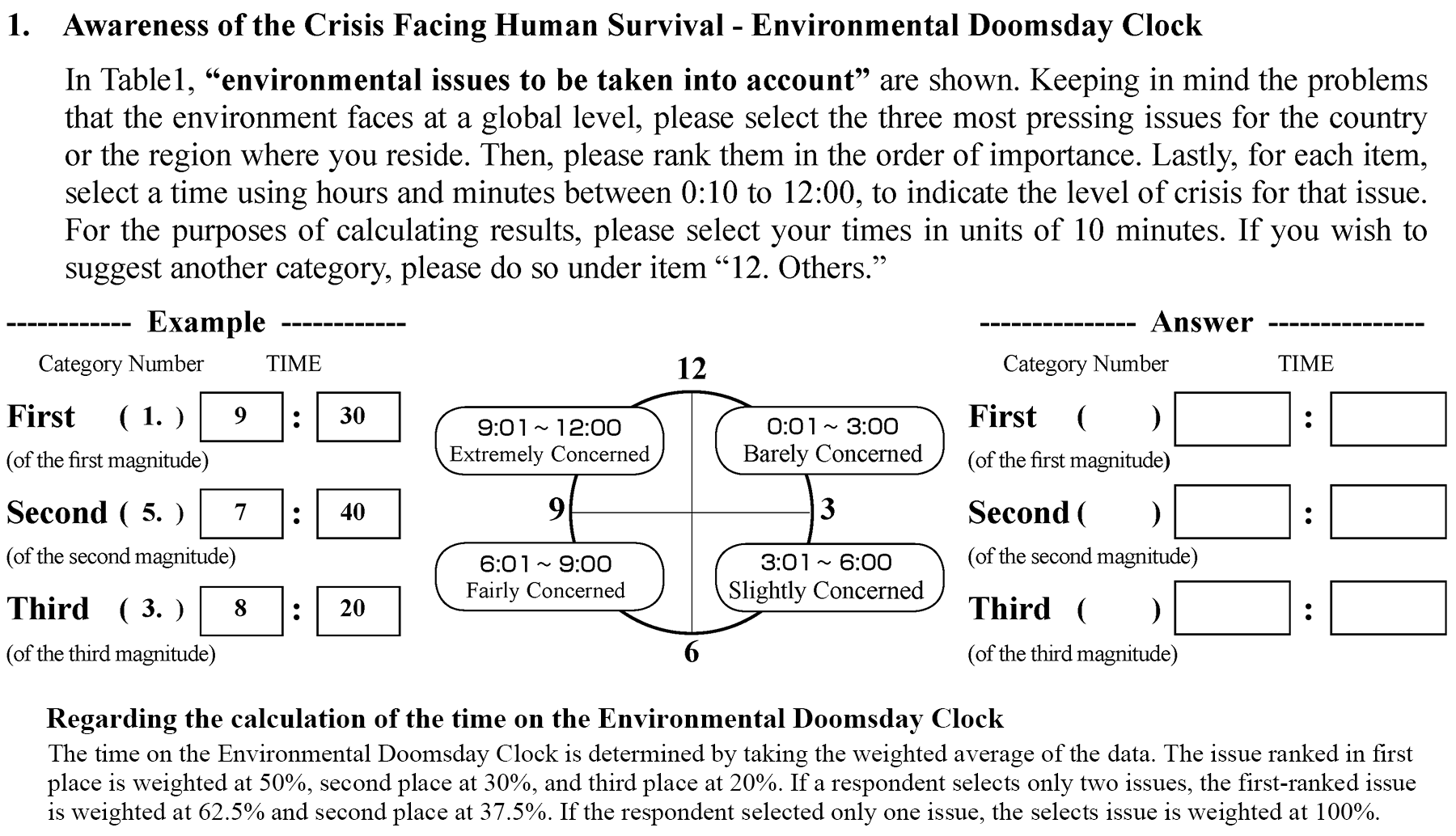
Fig. 3 The standard question asking about the "the time on the Clock"
Since 2017, we have been using nine issues of concern (now called “environmental issues to be taken into account”) as shown in Table 2. We ask respondents to select three items that most influenced their decision about "the time on the Clock." We chose those items with reference to (at that time) the latest Planetary Boundaries thesis (Steffen et al. Science 13 Feb 2015 vol. 347, issue 6223). Furthermore, each "environmental issue" listed in the questionnaire is related to a single or combination of sustainable development goals (SDGs).
Table 2 Environmental issues to be taken into account ("issues of concern”)
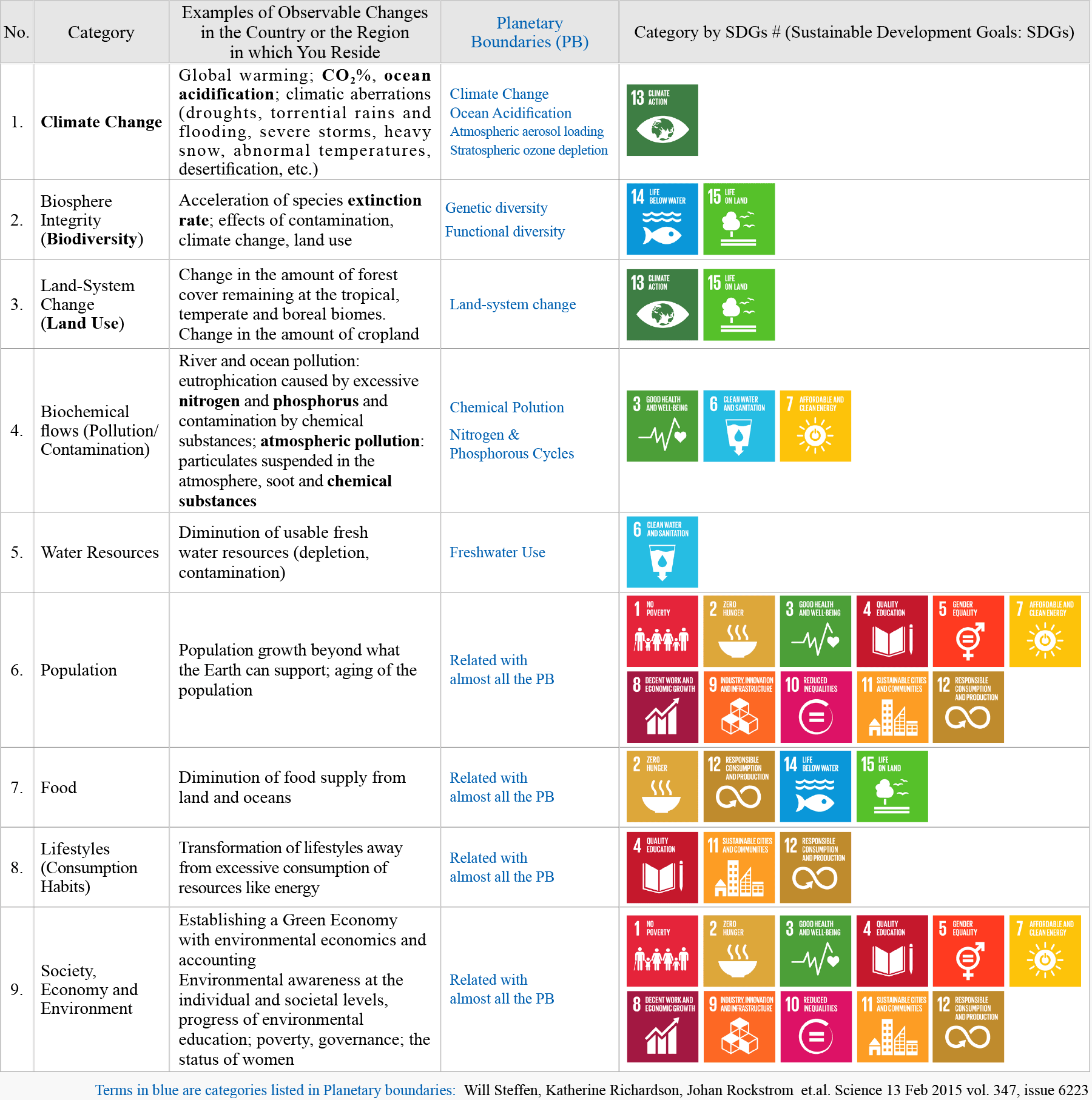
C. "Ongoing and non-permanent questions" in the Questionnaire
*Ongoing questions
Between 1993 and 2010, we added another "ongoing question" pertaining to a set of environmentally important items that we selected, from the goals of Agenda 21 and asked respondents about the yearly progress of each item. In addition, since 2011, we have observed and reported shifts in "the time on the Clock" between generations.
Table 3 Shifts in the "the Time on the Clock" by Generation
Fig. 4 Shifts in the "the Time on the Clock" by Generation
*Non-permanent questions
Every year, we formerly select a number of non-permanent questions linked to ecological concerns that have gained particular public attention in that year. Recently, we ask non-permanent questions over a number of years to probe the change in the trends of experts’ opinions. The latest questions are as follows:
- Do you think any progress has been made in a transition to a decarbonized society?
- Where do you see signs of improvement? Please choose one category from Table 1 that shows a list of "Environmental issues to be taken into account".
- On the world average, in your view, please select the three goals (out of 17 SDGs) that will have the highest/lowest level of realization by 2030.
- In your country or region, in your view, please select the three goals (out of 17 SDGs) that will have the highest/lowest level of realization by 2030.
Past Articles
Questionnaire on Environmental Problems and the Survival of Humankind (2012-2016)
Questionnaire A21-Year Summary
Questionnaire Five-Year Summary
About the Foundation
Mission
The Asahi Glass Foundation strives to contribute to the creation of a society that can transmit the genuine wealth of human civilization by supporting advanced research and outstanding students as well as by recognizing efforts to solve environmental issues that call for global solutions.
Programs
1. Research Grant Program
Grants are awarded to researchers at universities in Japan, Thailand, Indonesia, and Vietnam. To date, the Foundation has awarded ¥11.1 billion in the research grants for approximately 5,400 projects.
2. Scholarship Program
The scholarship program is for Japanese and international students in designated graduate schools in Japan. To date, a total of 3.4 billion yen in scholarships has benefited 4,000 Japanese students and 300 international students.
3. Commendation Program
Awarding of the Blue Planet Prize, an international environmental award, and the annual survey on the global environment, have been conducted since 1992. Based on the results of the survey, the Environmental Doomsday Clock is published every year.
History
The Asahi Glass Foundation began in 1933 as the Asahi Foundation for Chemical Industry Promotion, to celebrate the 25th anniversary of the founding of Asahi Glass Co., Ltd. (currently, AGC Inc.). For more than 80 years, the Foundation focused primarily on fostering research in the
field of applied chemistry.
In 1990, the Foundation undertook an overall redesign of its programs, expanding the scope of its activities and establishing the commendation program. At the same time it was renamed the Asahi Glass Foundation.
In 2018, the Foundation took over the scholarship program due to a merger with the Asahi Glass Scholarship Foundation (AGSF). AGSF was established in 1957, granting scholarships to Japanese students. In addition, it has been offering scholarships to international students from Thailand and Indonesia since 1990, and then to those from China and South Korea since 2005 and 2008, respectively.
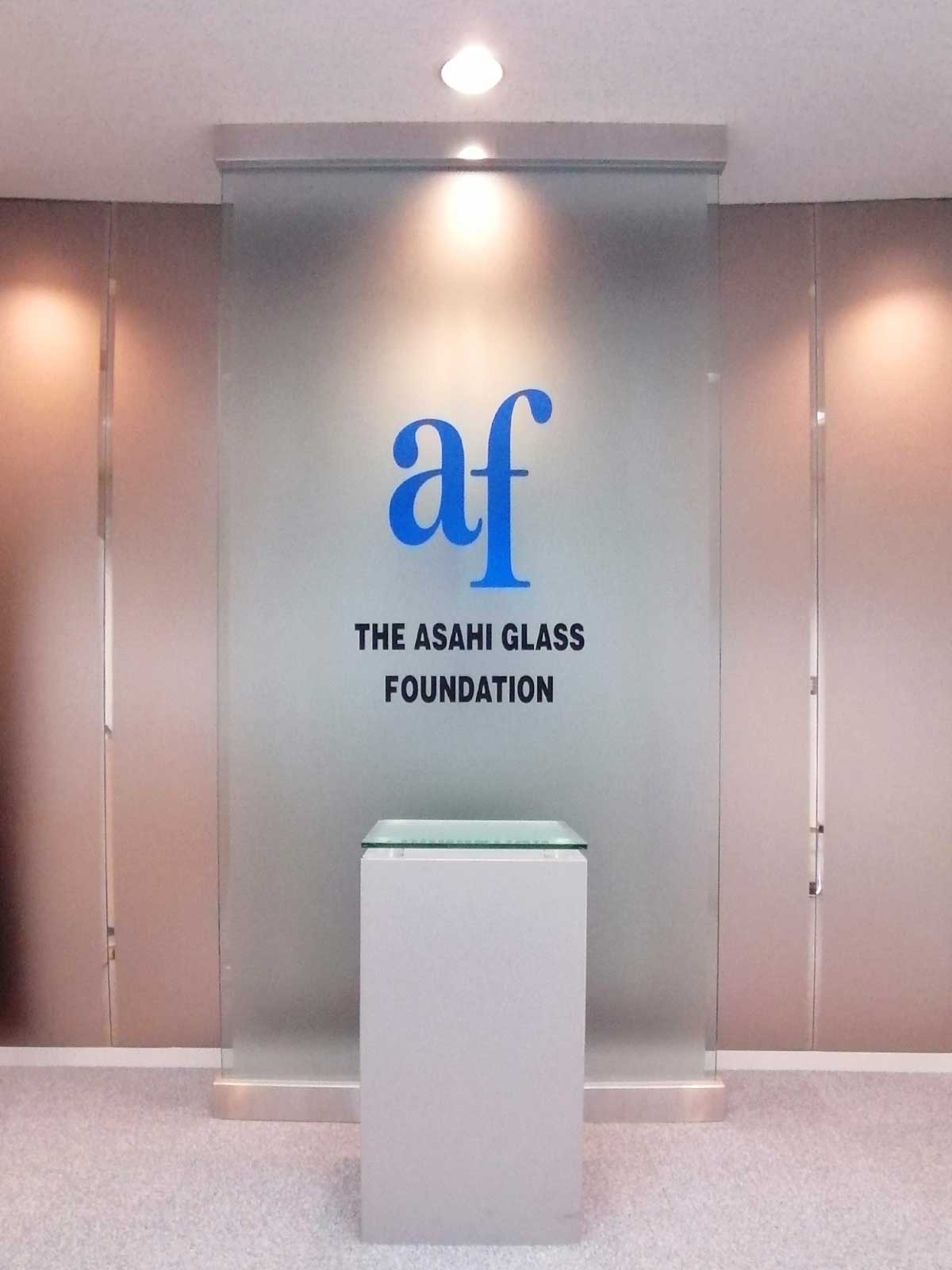
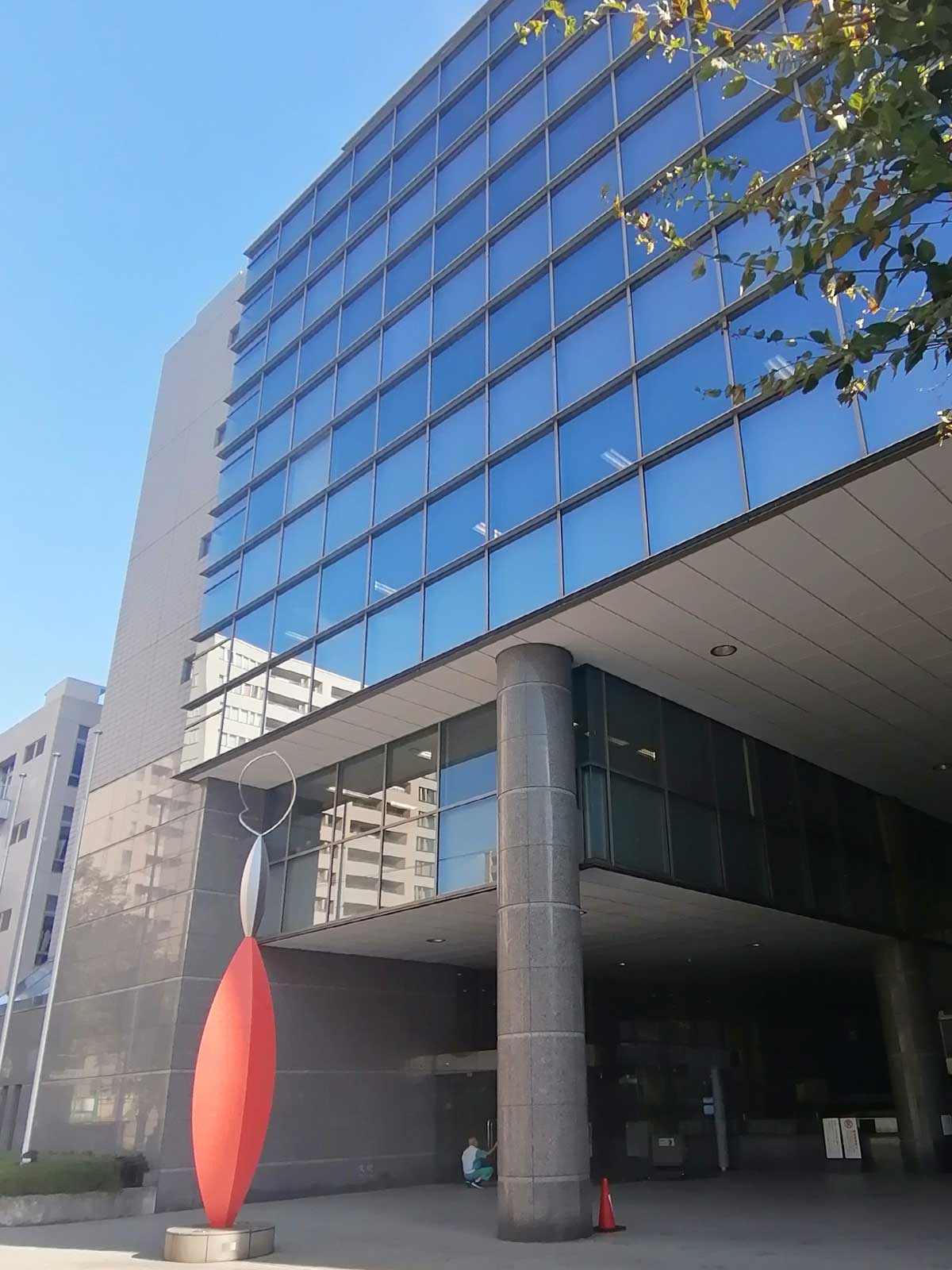
Milestones
| 1933 | The Asahi Foundation for Chemical Industry Promotion is established to celebrate the 25th anniversary of the founding of Asahi Glass Co., Ltd. |
|---|---|
| 1934 | The Foundation is recognized as a non-profit organization and begins providing grants to university researchers in applied chemistry. |
| 1957 | Asahi Glass Scholarship Foundation (AGSF) is established to celebrate the 50th anniversary of the founding of Asahi Glass Co., Ltd. |
| 1958 | AGSF begins the scholarship program for Japanese students. |
| 1961 | The Foundation is renamed the Asahi Glass Foundation for Industrial Technology. |
| 1982 | The Foundation starts a research grant program for Chulalongkorn University, Thailand. |
| 1988 | The Foundation begins research grants for Institut Teknologi Bandung, Indonesia. |
| 1990 | The Foundation is renamed the Asahi Glass Foundation. AGSF begins a scholarship program for international students in Japan. |
| 1991 | The Foundation extends its field of the research grant program of natural sciences, in addition to applied chemistry. |
| 1992 | The Foundation commences awarding of the Blue Planet Prize. Annual survey Questionnaire on Environmental Problems and the Survival of Humankind starts. The Foundation begins a research grant program for the fields of humanities and social sciences. |
| 1993 | Inaugural seminar is held to present findings from Asahi Glass Foundation-assisted research, now an annual event. |
| 1994 | The Foundation publishes 60-year records of the Foundation's history. |
| 1997 | The Foundation publishes A Better Future for the Planet Earth. Since then, the publications are made every 5 years. |
| 2002 | The Foundation organizes the 10th anniversary commemorative lectures Toward the Future of the Blue Planet and publishes Toward the Future of the Blue Planet -10 Year History of the Blue Planet Prize. |
| 2006 | Special Round Table Conference on Global Environment Problems starts. |
| 2008 | Continuation Grants for Young Researchers and Continuation Grants for Outstanding Projects are integrated into the research grant program. |
| 2009 | The corporate status of the Foundation is converted into a Public Interest Incorporated Foundation. The Foundation publishes Our Vision: Conditions for Survival and subsequently issues English, Chinese, Korean, Arabic, and French versions of the publication. |
| 2010 | The Kondo Grant, an environmental research grant program, commences. The Foundation publishes Conditions for Survival - Toward a Solar Energy-Based Society and Conditions for Survival Full of Vibrant Life. |
| 2011 | The Foundation organizes the symposium, Conditions for Survival. |
| 2012 | The Foundation starts research grant program for King Mongkut's University of Technology Thonburi, Thailand. The Blue Planet Prize laureates jointly present a paper titled Environment and Development Challenges: The Imperative to Act. AGSF begins a scholarship program for students who suffered hardship caused by the Great East Japan Earthquake. |
| 2013 | The Foundation starts a research grant program for researchers at technical colleges. |
| 2014 | The Foundation publishes Environment and Development Challenges: The Imperative to Act. |
| 2017 | The Foundation organizes a +25 years commemorative conference of the establishment of The Blue Planet Prize. |
| 2018 | The Foundation takes over the scholarship program due to a merger with AGSF. A new comic series, Blue Planet Prize Fun School, starts. |
| 2020 | A new program, Research grants for Sustainable Future, starts. The Foundation starts a research grant program for Hanoi University of Science and Technology, Vietnam. Annual Survey on the Sense of Environmental Crisis among Japanese People starts. |
Financial Information
Five-year Net Assets & Ordinary Expenditures (in Millions of Yen)
| FY 2017 | FY 2018 | FY 2019 | FY 2020 | FY 2021 | |
|---|---|---|---|---|---|
| Net Assets | 32,177 | 33,789 | 29,319 | 34,174 | 41,443 |
| Ordinary Expenditures | 694 | 800 | 874 | 849 | 857 |
Introducing the Asahi Glass Foundation (2012)
A Quest for Securing the Blue Planet
Directors and Councillors (as of February, 2022)
Directors
| Chairman | |
|---|---|
| Takuya Shimamura | Member of the Board, Chairman, AGC Inc. |
| Senior Executive Director | |
| Hiroyuki Watanabe | Former Executive Officer, General Manager of New Product R&D Center, Technology General Division, Asahi Glass Co., Ltd. |
| Trustees | |
| Yoshiki Chujo | Professor Emeritus, Kyoto University |
| Yoshihiro Hayashi | Professor Emeritus, The University of Tokyo |
| Yoshinori Hirai | Representative Director, President & CEO, AGC Inc. |
| Kimihiko Hirao | Research Director, Fukui Institute for Fundamental Chemistry, Kyoto University |
| Tisato Kajiyama | Chief University Adviser, Fukuoka Women's University; Professor Emeritus, Former President, Kyushu University |
| Yukiharu Kodama | Advisor, The Mechanical Social Systems Foundation; Former Administrative Vice-minister of International Trade and Industry |
| Takamitsu Kumasaka | Senior Adviser, THE SANKEI SHIMBUN |
| Keisuke Kurita | Former President, Seikei University |
| Masayoshi Mishina | Visiting Professor, Ritsumeikan University; Professor Emeritus, The University of Tokyo |
| Akio Morishima | Counselor, Japan Environment Association; Professor Emeritus, Nagoya University |
| Norihiro Nakai | Professor, Tokyo Institute of Technology |
| Ryoji Noyori | Director-General, Center for Research and Development Strategy, Japan Science and Technology Agency |
| Tadashi Otsuka | Professor, Waseda University |
| Katsuhiko Shirai | Honorary Advisor, Waseda University |
| Seigo Tarucha | Deputy Center Director, RIKEN Center for Emergent Matter Science; Visiting Professor, Tokyo University of Science |
| Izumi Washitani | Professor Emeritus, The University of Tokyo |
| Hiroshi Yoshikawa | President, Rissho University; Professor Emeritus, The University of Tokyo |
| Hiroyuki Yoshikawa | President, International Professional University of Technology in Tokyo/Osaka; Member of Japan Academy; Former President, Science Council of Japan; Former President, The University of Tokyo |
| Auditors | |
| Kanetsugu Mike | Member of the Board of Directors Chairman, Mitsubishi UFJ Financial Group, Inc. |
| Takashi Terashima | Former Corporate Auditor, Asahi Glass Co., Ltd. |
| Tatsuo Wakabayashi | Senior Advisor, Mitsubishi UFJ Trust and Banking Corporation |
Councillors
| Masuo Aizawa | Professor Emeritus, Former President, Tokyo Institute of Technology |
| Kenichi Iga | Professor Emeritus, Former President, Tokyo Institute of Technology |
| Michiko Imai | Director, Le Verseau Inc. |
| Ryozo Kato | Former Ambassador to the United States of America |
| Ken Kobayashi | Chairman of the Board, Mitsubishi Corporation |
| Hiroshi Komiyama | Chairman, Mitsubishi Research Institute, Inc.; Former President, The University of Tokyo |
| Hideyuki Kurata | Member of the Board, Senior Executive Officer, CTO, AGC Inc. |
| Kenji Matsuo | Senior Advisor, Meiji Yasuda Life Insurance Company |
| Shinji Miyaji | Representative Director, Executive Vice President, CFO & CCO, AGC Inc. |
| Mamoru Mohri | Astronaut; Chief Executive Director Emeritus, The National Museum of Emerging Science and Innovation; Senior Advisor, Japan Science and Technology Agency |
| Keiko Nakamura | Honorary Director General, JT Biohistory Research Hall |
| Shigeo Nishimura | Professor Emeritus, Kyushu University |
| Hideaki Omiya | Senior Executive Adviser, Mitsubishi Heavy Industries, Ltd. |
| Hitoshi Osaki | Special Advisor to the President, National Institutes for the Humanities; Former Commissioner for Cultural Affairs |
| Niro Shimada | Former Chief Justice, the Supreme Court of Japan |
Closing Comment
The Blue Planet Prize was established in 1992, the year of the Rio de Janeiro Earth Summit, and we celebrated the 30th anniversary of the establishment of the Blue Planet Prize in 2022. Over the past 30 years, we have been trying to raise public awareness about global environmental issues by promoting the achievements of the Blue Planet laureates.
Looking back on the last five years, due to the spread of COVID-19, we had to cancel our regular in-person Blue Planet Prize award ceremony and related events in 2020 and 2021. In place of the in-person events, for those two years we opened a special website to showcase the achievements of the winners.
In 2021, Dr. Syukuro Manabe, one of the very first Blue Planet Prize winners, was awarded the Nobel Prize in Physics for his significant contribution to predicting climate change. We are proud that our selection committee members in 1992 had the foresight to award Dr. Manabe the Blue Planet Prize.
Regarding the time on the Environmental Doomsday Clock, the time on the Clock was 9:42 in 2021. It first went closest to midnight (at 9:47) in 2018, it was 9:46 in 2019, and 9:47 again in 2020, demonstrating a strong awareness of crisis for three consecutive years. In 2021, however, the Clock went back by five minutes; this was the first significant change in eight years.
Looking at the times on the Clock around the world in 2021, the Clock receded back 30 minutes in North America; and the times were also earlier than in 2020 in most regions. The US rejoining the Paris Agreement in January 2021 may have positively affected the times on the Clock around the world. This might suggest that people started to see signs of improvement in the approach to global environmental issues.
Finally, the Asahi Glass Foundation will continue to strive to contribute to the resolution of environmental problems by promoting its Blue Planet Prize commendation program, in the hope that our blue planet will be a shared asset, capable of sustaining human life long into the future. We hope that we can count on your continued support of the Asahi Glass Foundation.
Hiroyuki Watanabe
Senior Executive Director,
The Asahi Glass Foundation
By Five-Year-Range
- CONTENTS
- Preface & Background
- 1992 Winners
- 1993 Winners
- 1994 Winners
- 1995 Winners
- 1996 Winners
- Questionnaire Five-Year Summary
- About the Foundation
- Afterword
- CONTENTS
- Preface & Background
- 1997 Winners
- 1998 Winners
- 1999 Winners
- 2000 Winners
- 2001 Winners
- Questionnaire 10-Year Summary
- About the Foundation
- Afterword
- Preface & Background
- 2012 Laureates
- William E. Ree & Mathis Wackernagel
- Thomas E. Lovejoy
- 2013 Laureates
- Taroh Matsuno
- Daniel Sperling
- 2014 Laureates
- Herman Daly
- Daniel H. Janzen
- Instituto Nacional de Biodiversidad (INBio)
- 2015 Laureates
- Partha Dasgupta
- Jeffrey D. Sachs
- 2016 Laureates
- Pavan Sukhdev
- Markus Borner
- Anniversary Events
- Questionnaire on Environmental Problems
and the Survival of Humankind - About the Foundation & Afterword
- Preface & Background
- 2017 Laureates
- Hans J. Schellnhuber
- Gretchen C. Daily
- 2018 Laureates
- Brian Walker
- Malin Falkenmark
- 2019 Laureates
- Eric Lambin
- Jared Diamond
- 2020 Laureates
- David Tilman
- Simon Stuart
- 2021 Laureates
- Veerabhadran Ramanathan
- Mohan Munasinghe
- Anniversary Events
- Questionnaire on Environmental Problems
and the Survival of Humankind - About the Foundation & Closing Comment